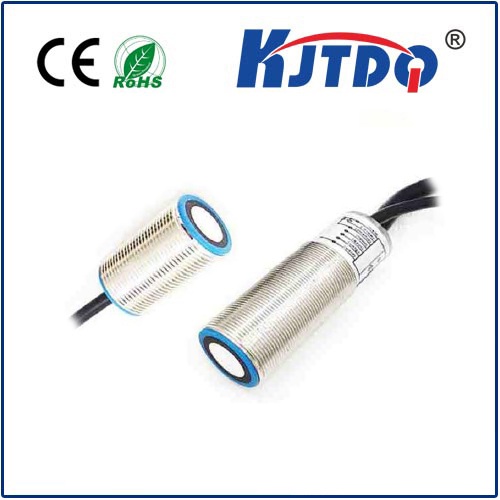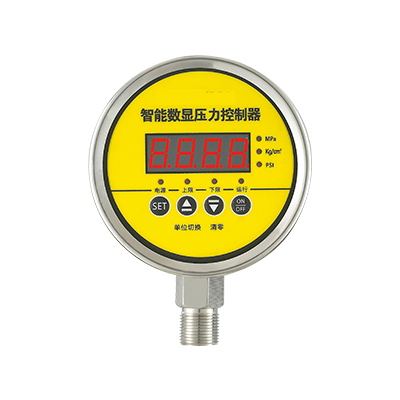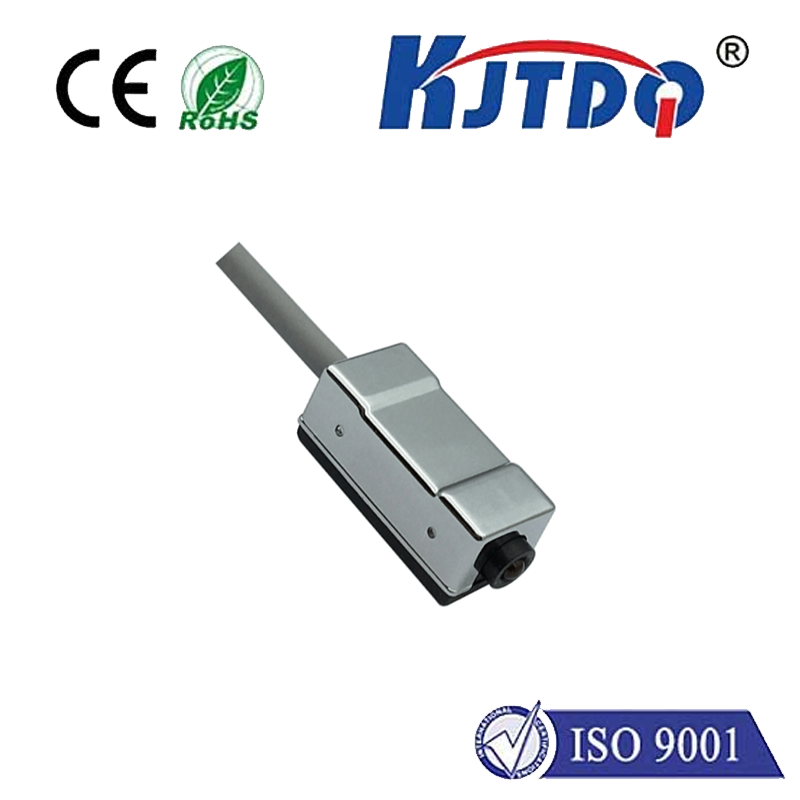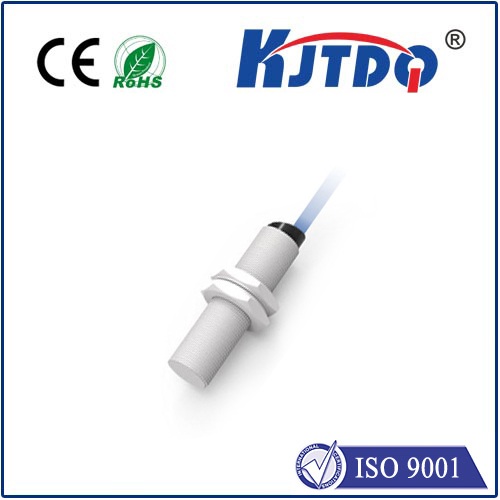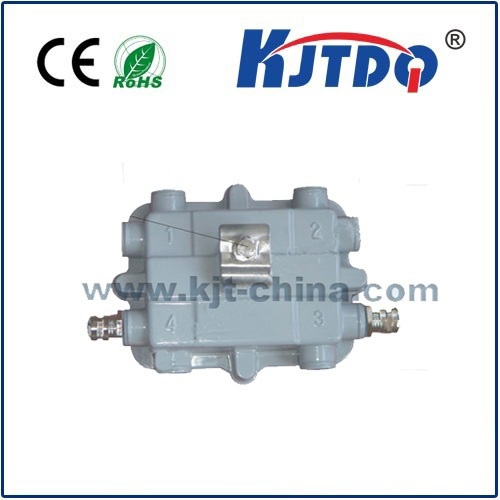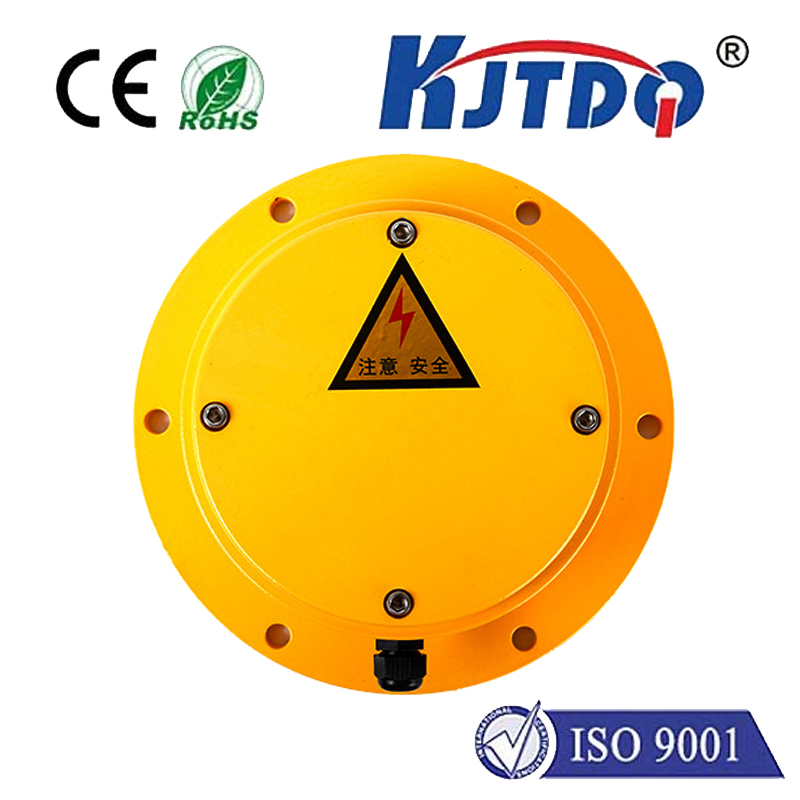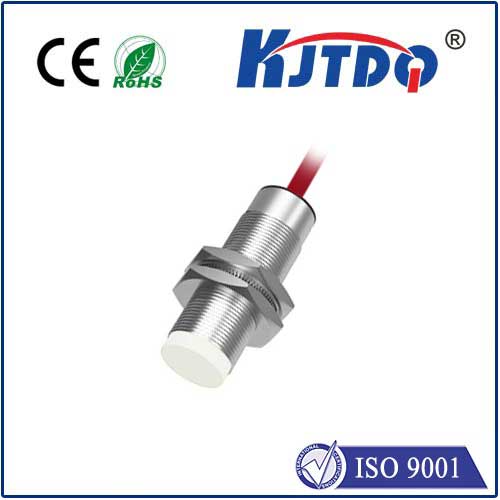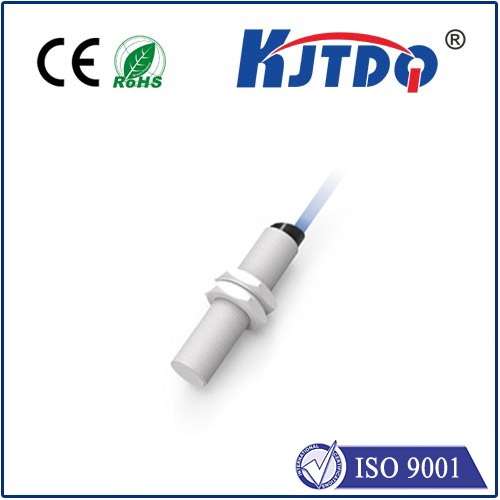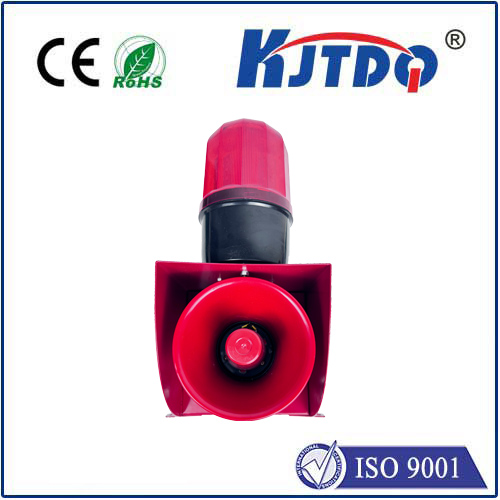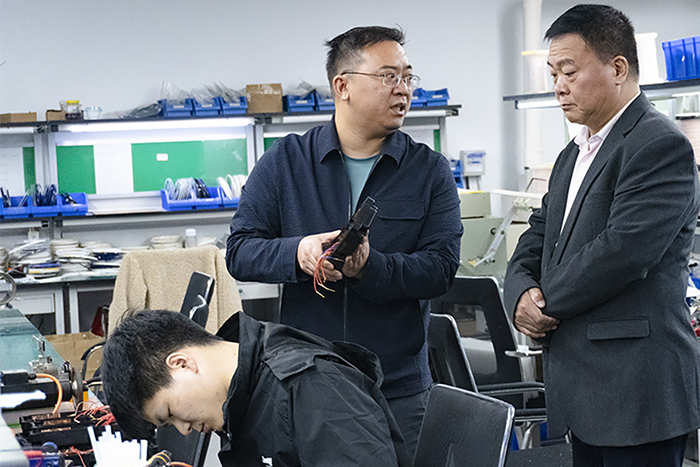
check

check

check
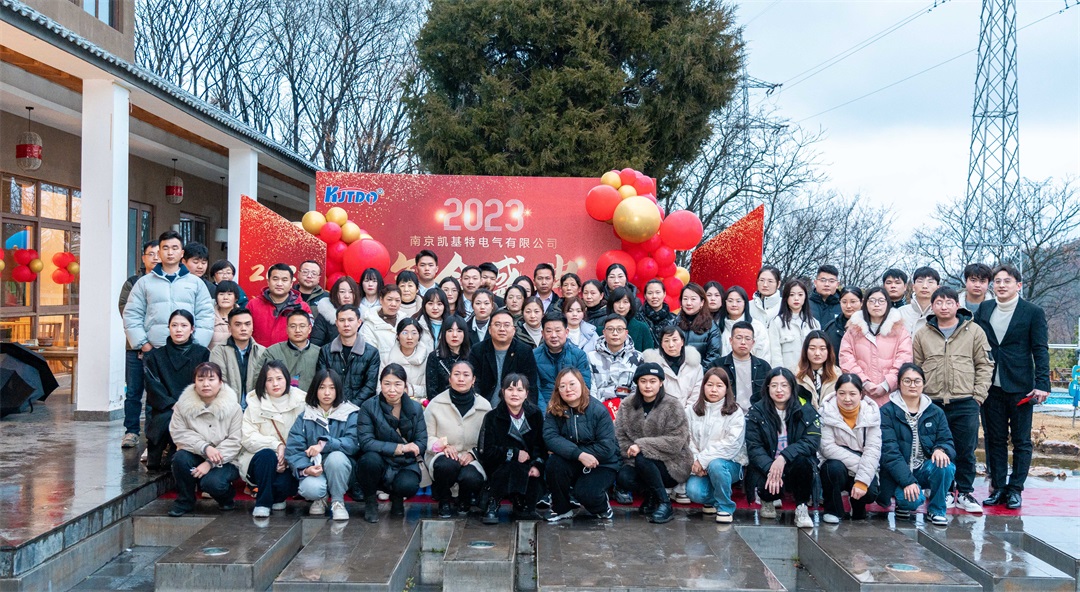
check
The Ultimate Guide to Long Range Laser Sensors: Precision at a Distance Imagine being able to measure distances, detect objects, or monitor environments with pinpoint accuracy from hundreds of meters away. This is the power of long range laser sensors, a cutting-edge technology revolutionizing industries from construction to autonomous vehicles. Whether you’re an engineer, a tech enthusiast, or a business owner, understanding how these sensors work and their applications can open up a world of possibilities.
A long range laser sensor is a device that uses laser beams to measure distances or detect objects at extended ranges, often exceeding hundreds of meters. Unlike traditional sensors, these devices leverage advanced laser technology to achieve high precision and reliability, even in challenging environments.
At their core, long range laser sensors operate on the principle of time-of-flight (ToF) or phase-shift measurement. Here’s a simplified breakdown:
The sensor emits a laser beam toward the target.
The beam reflects off the target and returns to the sensor.
The sensor calculates the distance based on the time it takes for the light to travel or the phase shift of the reflected beam. This process ensures millimeter-level accuracy, making these sensors indispensable for applications requiring exact measurements over long distances.
1. High Accuracy: With precision down to millimeters, these sensors are ideal for tasks where even the smallest error can lead to significant consequences. 2. Long Measurement Range: Capable of measuring distances from a few meters to several kilometers, they outperform traditional sensors in range and versatility. 3. Compact and Durable: Modern long range laser sensors are designed to be lightweight, portable, and resistant to harsh conditions like extreme temperatures or dust. 4. Real-Time Data: Many models offer real-time data transmission, enabling seamless integration into automated systems.

The versatility of long range laser sensors makes them invaluable across a wide range of industries. Here are some of the most prominent applications:
In construction, accurate measurements are critical for ensuring structural integrity. Long range laser sensors are used for tasks like land surveying, building alignment, and monitoring structural deformations. Their ability to measure long distances with high precision saves time and reduces the risk of errors.
Autonomous vehicles rely on sensors to navigate safely. Long range laser sensors, often integrated into LiDAR (Light Detection and Ranging) systems, help detect obstacles, map surroundings, and ensure smooth operation on roads.
In manufacturing, these sensors are used for object detection, positioning, and quality control. For example, they can monitor the alignment of conveyor belts or measure the dimensions of large components with unparalleled accuracy.
Long range laser sensors play a crucial role in environmental studies, such as measuring forest canopy heights, glacier movements, or airborne pollutant concentrations. Their ability to operate over long distances makes them ideal for large-scale monitoring projects.
In security systems, these sensors are used for perimeter monitoring and intrusion detection. Their long-range capabilities allow for early warning of potential threats, enhancing the effectiveness of security measures.
When selecting a long range laser sensor, consider the following factors:
Measurement Range: Ensure the sensor meets your distance requirements.
Accuracy: Determine the level of precision needed for your application.
Environmental Conditions: Choose a sensor that can withstand the specific conditions of your work environment.
Integration: Look for sensors that can easily integrate with your existing systems.
Cost: Balance your budget with the features and performance you require.
As technology continues to advance, long range laser sensors are becoming more affordable, compact, and powerful. Innovations like AI integration and enhanced data processing capabilities are expanding their potential applications. From smart cities to space exploration, these sensors are poised to play a pivotal role in shaping the future. Whether you’re measuring the height of a skyscraper or ensuring the safety of an autonomous vehicle, long range laser sensors offer the precision and reliability you need. By understanding their capabilities and applications, you can harness their full potential to drive innovation and efficiency in your field.
